In just a little over a month’s time, my second novel, Elegy, Southwest, will be out. My whole life right now is consumed by the panic-fugue of pre-publication, and by thinking intensely about a book which has consumed nearly four years of my life. Which is what this post is largely about today. But a few housekeeping things first:
You can pre-order the book in the US, the UK, and Australia. Pre-ordering a book can be really important because it indicates that there’s interest to booksellers, and can determine whether there’s a stack of books on a display, or no copies ordered at all.
I will be talking about the book at various events over the next few months! On February 18th I will be in conversation with Leslie Jamison at McNally Jackson Seaport (RSVP here). I will be in London at Daunt Books Hampstead on March 19th, Edinburgh at Rare Birds Bookshop on March 20th, Sydney at Better Read Than Dead on April 17th, and Berlin at Lettrétage on May 9th. Melbourne and L.A. events are TBD. If you are in any of those cities, please come and celebrate the book with me!
If you are interested in writing on the novel, organizing an interview, or an event, please contact me, or Shannon Hennessy at Simon & Schuster (US), Emily Goulding at Pushkin Press (UK), or Zoe Victoria at Ultimo Press (ANZ).
Please help out in any way you can to support those affected by the fires in Los Angeles. This is a good resource for those unsure where to start.
I’ve started doing the first couple of bits of press for this novel, and one of the points that has come up is how deeply intertextual the novel is. There are sections on films like Zabriskie Point, and long conversations about artists like Georgia O’Keeffe. It’s also a novel with extensive notes and a bibliography. It’s rare for a work of fiction to have a bibliography, but it was important to me to acknowledge how deeply researched this book is and was, and all of thinking done by others, without which the novel simply wouldn’t exist.
But there are innumerable books and films and artworks that influenced the tone and structure and atmosphere and ‘vibe’ of the book, if not necessarily the content, which aren’t necessarily in the bibliography. I wanted to acknowledge some of them in this post - books, artists, and films. All of them moved me profoundly, and all of them had a huge impact on my thinking as I wrote this book.
BOOKS
[with photos of my annotations and underlinings]
Rings of Saturn - W.G. Sebald
I re-read Rings of Saturn three times while writing Elegy, Southwest. It was single-handedly the most important book I read, helping me to figure out questions of structure, movement, theme. Elegy, Southwest is divided into ten chapters largely because when I was first drafting the novel and trying to figure out how it was organized, I borrowed the ten chapter structure Sebald gave Rings of Saturn.
Ecology of Fear - Mike Davis
I bought Ecology of Fear used from Stories on Sunset Boulevard in Los Angeles in 2017, and sat for an hour at a table reading and annotating. This book singlehandedly broke open what was interesting to me about environmental history, water in the Southwest (specifically Southern California), and the way our storytelling about a place is produced by the environment it occurs in. A particularly pertinent piece of writing at the present moment.
Postcolonial Love Poem - Natalie Diaz
I have read and re-read this collection more times than I can count in the last five years. All the poems are tied together by recurring themes, desire and water being dominant. Diaz is a Mojave poet who grew up alongside the Colorado River, and writes about it more movingly than anybody else I know, and this particular excerpt from the poem ‘The First Water is the Body’ was something I came back to again and again. Originally, the epigraph I wanted to use for the book came from this poem.
The Friend - Sigrid Nunez
Whenever I questioned whether writing a book addressed to a ‘you’ was as unacceptable as general wisdom deems it to be, I would return to The Friend, which is another novel about grief addressed to a person who the protagonist can no longer speak to. A completely perfect novel, as far as I am concerned.
Cadillac Desert - Marc Reisner
I first read Cadillac Desert after visiting the southwest for the first time in 2015. Any origin point I can give you for why I became so enraptured and obsessed with this part of the world is in part defined by what reading this book (and re-reading, and re-re-reading), did to my brain.
ART
Judy Chicago’s ‘Atmospheres’ series
So many of the visual depictions of the American southwest are from highly masculine points of view (old Westerns, Cormac McCarthy novels, etc). When I discovered these pieces from the late 1960s and early 1970s, I loved them immediately. Chicago would set off clouds of colored smoke, often with women, sometimes naked, figured in the landscape. “It softened everything,” she once said about the clouds. “There was a moment when the smoke began to clear, but a haze lingered. And the whole world was feminized—if only for a moment.”
Georgia O’Keeffe
Georgia O’Keeffe and her relationship to the southwestern desert features prominently towards the end of the book. I’ve always loved the way that the curves movement of the desert in her work makes it look sensual, gentle, as though you might want to press your body against it. She renders the harshest environments beautiful, beautiful because of their harshness.
Ana Mendieta
I’ve always loved Mendieta’s work (see here) and this work especially, where her body merges with and becomes the environment, as though the body and the land were one, was something I thought about repeatedly while writing.
Graciela Iturbide
I love all of Iturbide’s photography, but this picture I had taped above my desk as I wrote. It’s a picture of an indigenous Seri woman in the Mexican Sonoran desert in 1979. Iturbide said, “I went with a group to a cave where there are indigenous paintings. I took just one picture of this woman during the walk there. I call her Mujer Ángel [Angel Woman], because she looks as if she could fly off into the desert.”
Robert Smithson
One of the secondary characters in the book is the widow of a prominent land artist, and land art in general is a big point of interest running through the book. I was interested in the connection between huge works of land art, like Smithson’s ‘Spiral Jetty’, and huge works of infrastructure (like the Glen Canyon dam and the creation of Lake Powell).
FILMS
Alice in the Cities - Wim Wenders
I saw this screen at Film Forum in 2021, and the way Wenders looks at America through the eyes of an outsider, the way he takes the American road movie and transplants it elsewhere, the sheer beauty of this film, felt like it super-charged my brain.
Three Women - Robert Altman
There is something so absolutely un-knowable and menacing and delicate all at once about this film, and the landscape of the desert itself feels inextricable from those feelings - the landscape is the fourth woman, as it were.
Zabriskie Point - Michelangelo Antonioni
There is a lot about this film which is deeply silly, but what I love about it is that it’s a kind of time capsule of a particular moment in the counterculture, centered around the Southwest, which still speaks to me - all those ideas about utopia and calamity seem to blend into one in the final scene of the film. Zabriskie Point features heavily in the seventh chapter of the novel.
Simon of the Desert - Luis Bunuel
This film features heavily in Elegy, Southwest. I loved the surrealist myth-space Bunuel made of the Mexico desert in this film, loved the story of the desert ascetic stalked by the devil in the figure of a beautiful blonde, and that hell is a basement dance party in midtown Manhattan.
Chinatown - Roman Polanski
The ultimate film about water in the west, about corruption and California and the fear of the taps running dry. I watched this for the first time within weeks of reading Cadillac Desert in 2015.




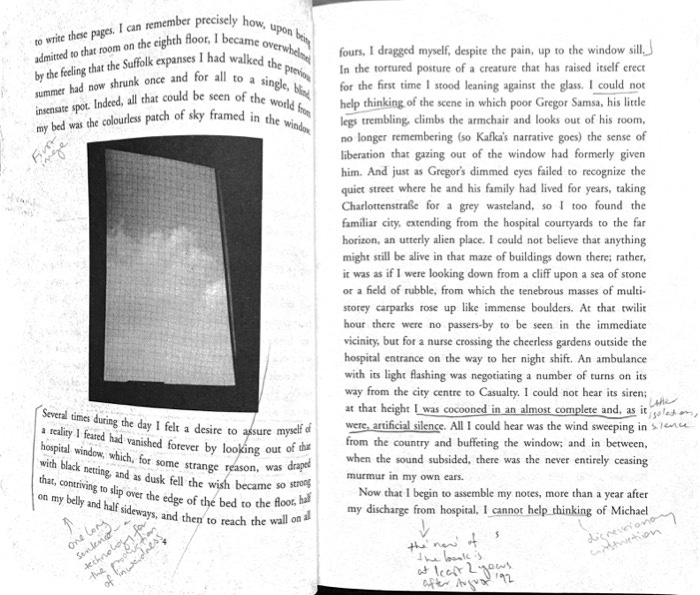

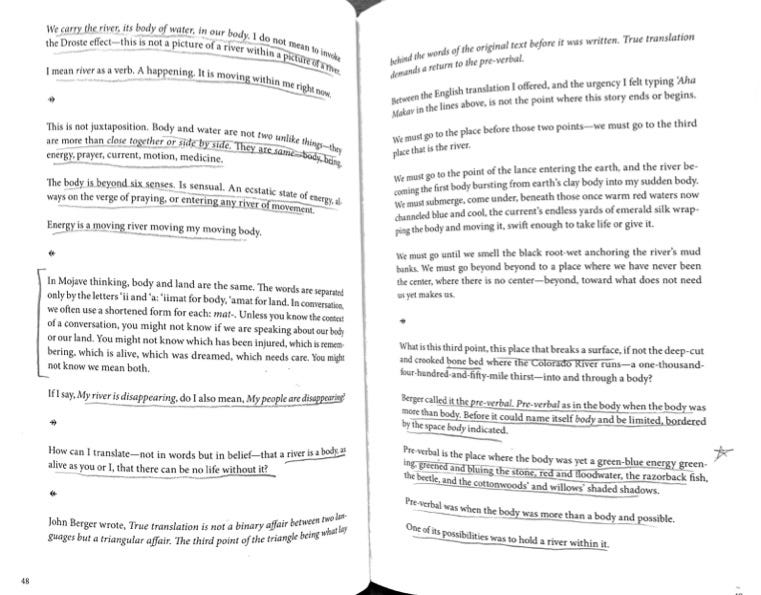
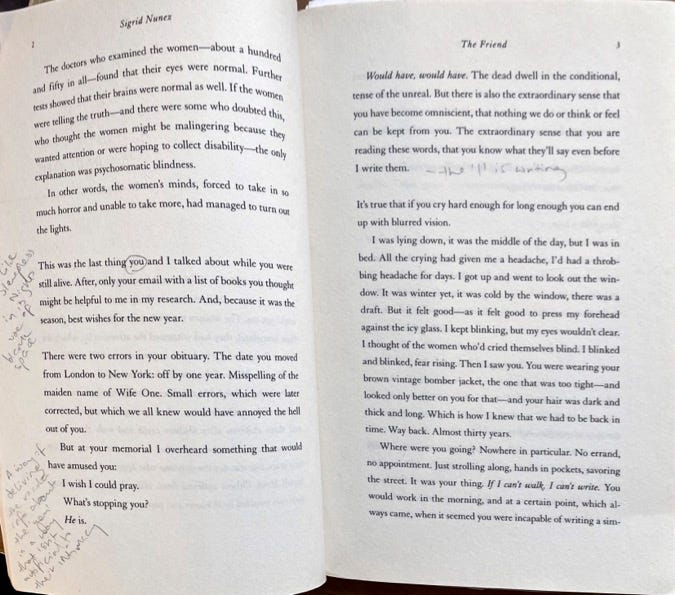
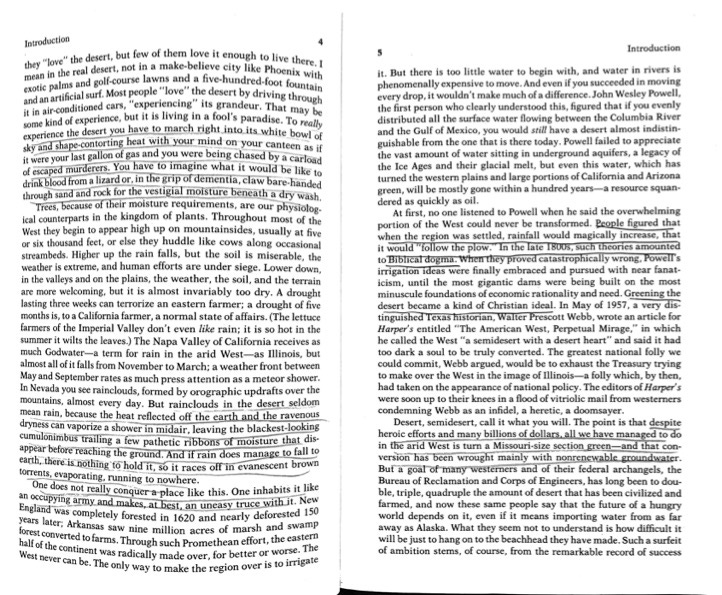

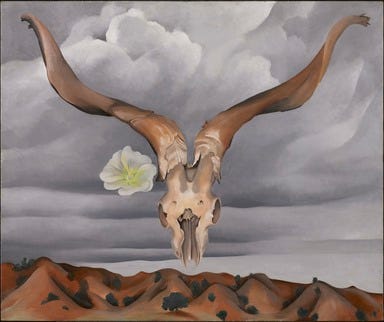

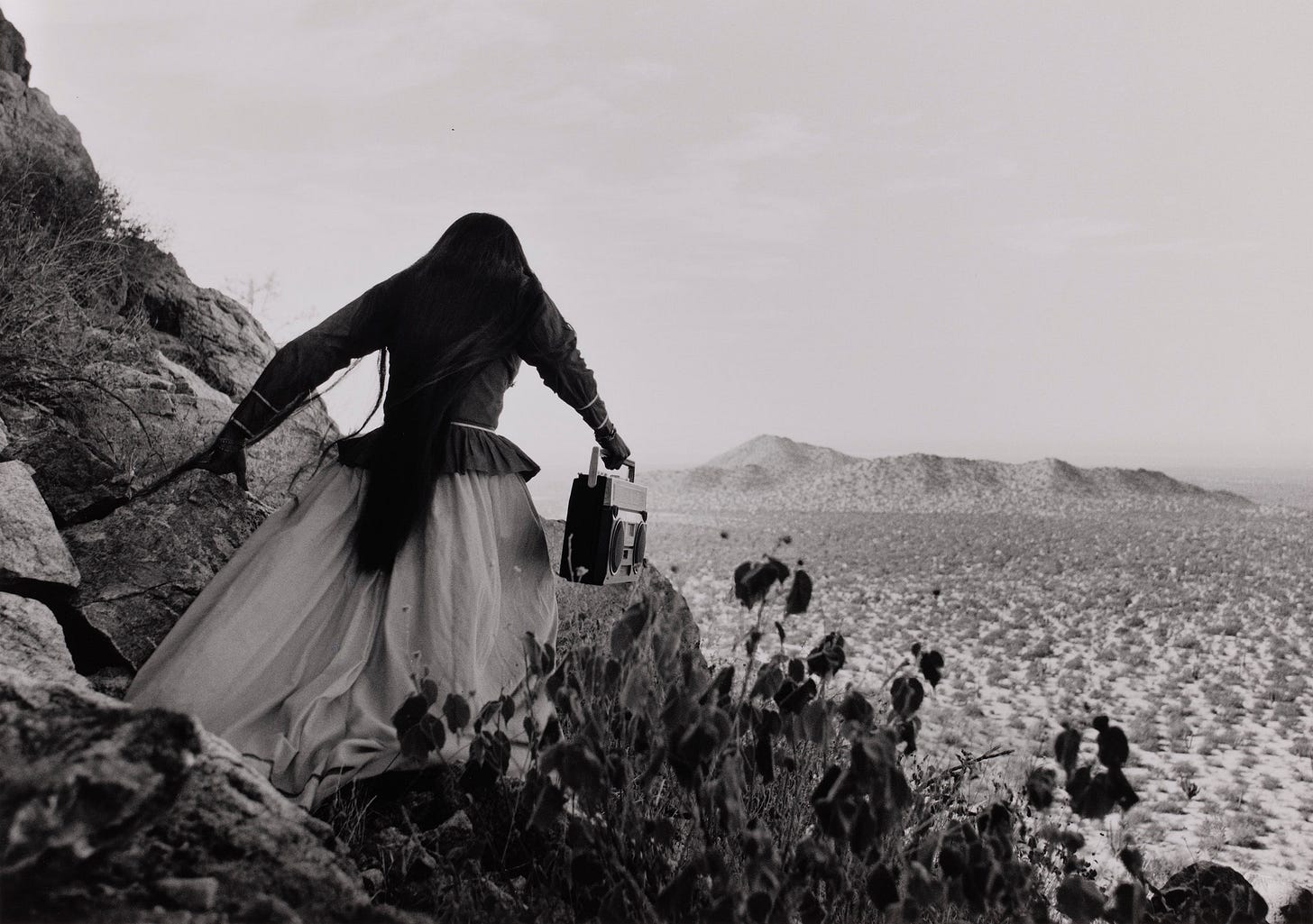

After that great post, how could I not preorder? Just did. Seeing Reisner's Cadillac Desert in this post and in another one (i.e., your list of bookstore staff recommendations) reminded me of how much I enjoyed that book. I am a new subscriber--joined yesterday. I found my way here after finishing The Inland Sea, which is a great read. Thanks for that.
This sounds like it will be exactly the book I would have loved to read when I was 33 and living in San Francisco and obsessed with Cadillac Desert and Graciela Iturbide.Frank Black's 'Calistan' would be the perfect soundtrack! Looking forward to reading it.